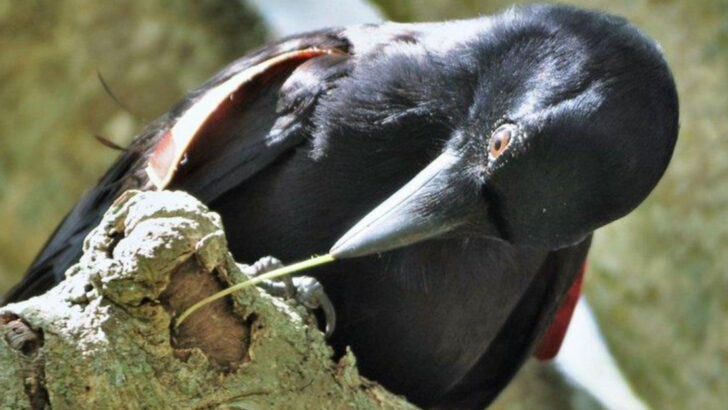Some birds aren’t just smart—they’re scary smart. We’re talking about feathered brainiacs that can solve puzzles, make tools, hold grudges, and in one shocking case, outperform a 5-year-old child in problem-solving tests. Forget “birdbrain”—that insult is officially outdated. From parrots that speak in full sentences to crows that plan ahead like tiny engineers, these birds are rewriting everything we thought we knew about animal intelligence. Get ready to meet 12 of the sharpest minds in the sky.
African Grey Parrot
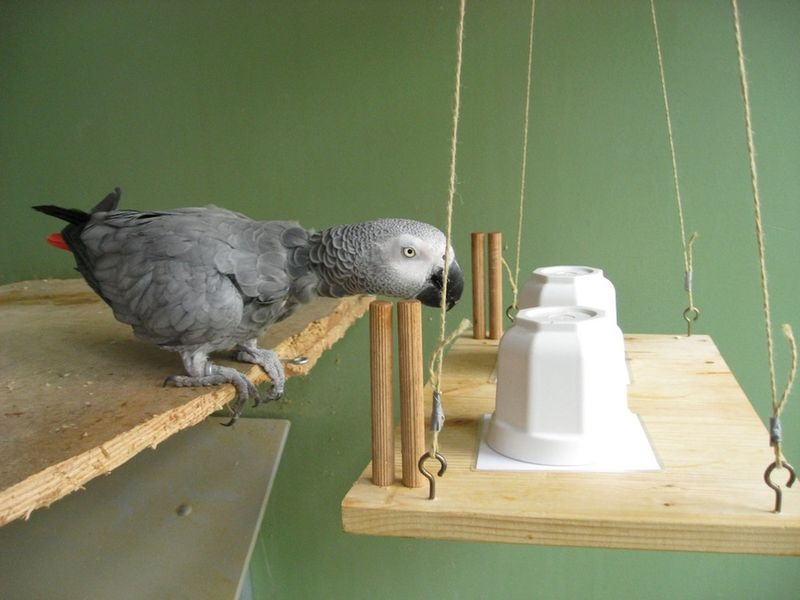
Meet the African Grey Parrot, a true linguistic genius in the avian world. With the ability to learn hundreds of words, these parrots can associate sounds with meanings, forming logical connections that leave many in awe. Their capacity to understand abstract concepts and convey emotions through speech is unparalleled. They are often seen engaging in dialogues that reflect their strong memory and cognitive prowess. Interestingly, some African Grey Parrots have been known to mimic not only human speech but also sounds from their environment, showcasing their adaptability and keen observational skills. Truly, a remarkable feathered conversationalist.
New Caledonian Crow

The New Caledonian Crow is famous for its tool-making skills, often compared to those of great apes. Imagine a bird using a twig to extract insects from crevices, displaying reasoning akin to human problem-solving. These crows have an astonishing capacity for innovation, sometimes crafting complex tools from multiple materials. Their intelligence is further highlighted by their ability to plan for future needs, showcasing a level of foresight uncommon in birds. Whether in the wild or in controlled experiments, these crows continue to surprise scientists with their cleverness and adaptability in various situations.
Kea (New Zealand Parrot)
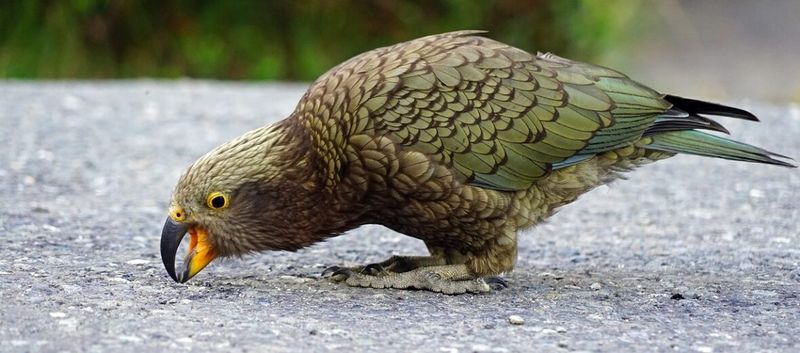
The Kea, native to New Zealand, is known for its playful and mischievous nature. This bird’s curiosity knows no bounds, often leading it to explore and solve complex puzzles. Its cooperative behavior with other Keas in problem-solving tasks is fascinating, highlighting its social intelligence. Not just a solitary thinker, the Kea demonstrates understanding and communication that rivals many of its feathered peers. Its antics can sometimes be seen as a nuisance, but they reflect a deep-seated intelligence and adaptability to its environment. The Kea’s cleverness is truly a spectacle in the bird world.
Eurasian Magpie

The Eurasian Magpie stands out as one of the few non-mammals capable of self-recognition in mirrors, a testament to its cognitive abilities. This bird’s intelligence stretches beyond just mirror tests; it’s known for its complex social structures and problem-solving skills. Often seen engaging in playful antics, magpies exhibit a remarkable memory and the ability to learn from their experiences. Their curiosity is infectious, leading them to examine new objects meticulously. Some cultures regard magpies as symbols of good fortune, but regardless of superstition, their cleverness is undebatable and a joy to observe.
Raven

Ravens are masters of strategy and deception, often leaving observers in awe of their cunning nature. Known for their remarkable memory, they can recall the locations of hidden food and use tools to access it. These birds are also adept at bartering, exchanging objects to achieve desired outcomes. Their social intelligence is evident in their ability to communicate and collaborate with others. Some ravens even engage in playful activities, which reflect their understanding of cause and effect. Their adaptability and problem-solving skills make ravens one of the most intelligent bird species, admired by many.
Clark’s Nutcracker

Clark’s Nutcracker is famed for its extraordinary memory, capable of recalling up to 30,000 seed hiding spots. This bird’s spatial awareness and recollection abilities are a marvel, allowing it to locate its caches months after storing them. Often found in mountainous regions, it thrives in harsh conditions, showcasing its adaptability and survival skills. The nutcracker’s symbiotic relationship with certain tree species highlights its role in ecosystem maintenance. Its ability to plan and remember complex routes is akin to advanced navigational systems, making it a fascinating subject for researchers studying avian intelligence.
Goffin’s Cockatoo
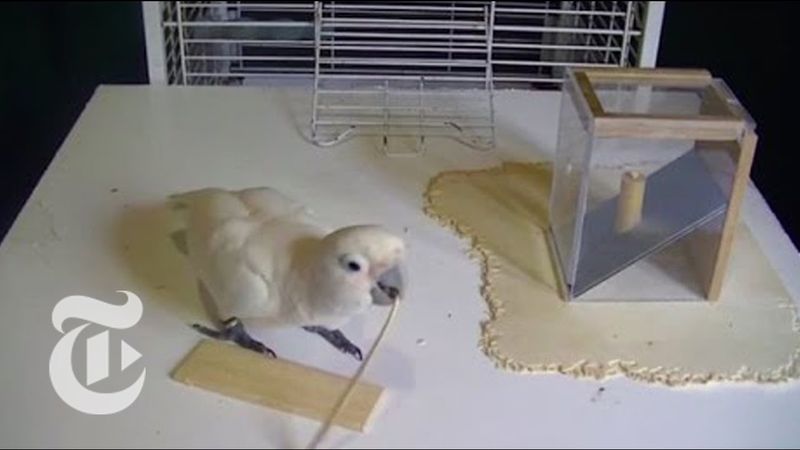
Goffin’s Cockatoo astounds with its mechanical problem-solving skills, often compared to those of young children. This bird’s ingenuity shines through in its ability to manipulate tools and solve puzzles, sometimes combining different objects to achieve its goals. Its charm lies in its playful experimentation, a reflection of its keen intelligence and adaptability. Researchers are continually impressed by the cockatoo’s ability to learn from its environment and apply that knowledge in novel situations. Whether it’s unscrewing lids or dismantling complex setups, the Goffin’s Cockatoo is a testament to avian ingenuity and creativity.
Amazon Parrot
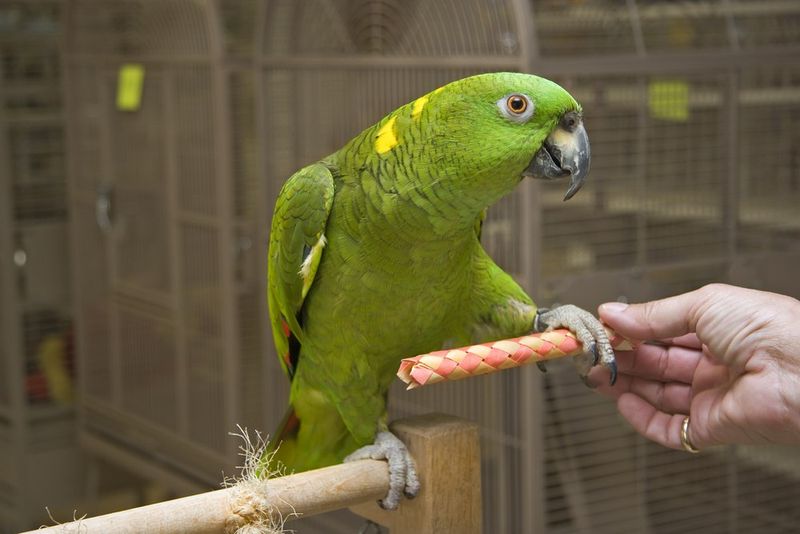
Amazon Parrots are celebrated for their exceptional talking ability, with a memory and learning capacity that impresses bird enthusiasts worldwide. These parrots can mimic human speech with remarkable clarity, often forming coherent sentences and even responding appropriately to prompts. Their vibrant personalities and vocal skills have made them popular companions, adored for their interactive nature. Beyond mere mimicry, Amazon Parrots demonstrate understanding and emotional expression, deepening the bond with their human counterparts. Their linguistic talents are not just for show; they reflect a deep-seated intelligence and social awareness unparalleled among avian species.
Blue Jay
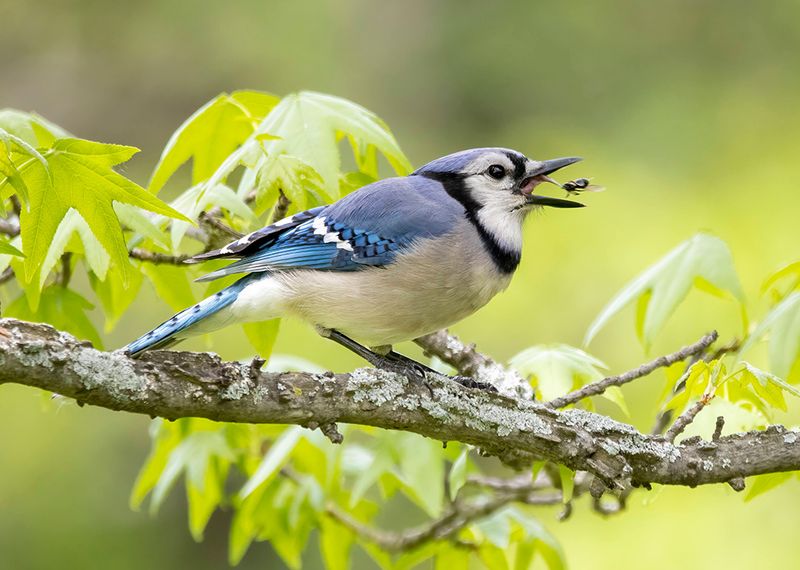
Blue Jays are known for their strategic thinking and fascinating behaviors, such as caching food and mimicking other bird calls. Their intelligence is evident in their ability to deceive peers, sometimes pretending to hide food to mislead others. This cunning nature is complemented by their striking blue plumage, making them an intriguing presence in North American forests. Their mimicry skills extend to imitating human sounds and predator calls, showcasing their adaptability and survival instincts. Blue Jays’ clever antics and social dynamics offer a glimpse into the complex world of avian intelligence, making them a favorite among bird watchers.
Pigeon

Pigeons, often underestimated, possess surprising cognitive abilities. With training, they can recognize themselves in mirrors and categorize images, skills once believed exclusive to primates. Their intelligence extends to scientific applications, as pigeons have been used in lab tests to detect cancer cells, demonstrating their keen perception. These urban dwellers are more than just city scavengers; their navigational skills and memory are crucial for long-distance travel and homing. Pigeons’ adaptability to city life while retaining strong problem-solving skills marks them as remarkable survivors in the avian world, challenging common misconceptions.
Western Scrub-Jay
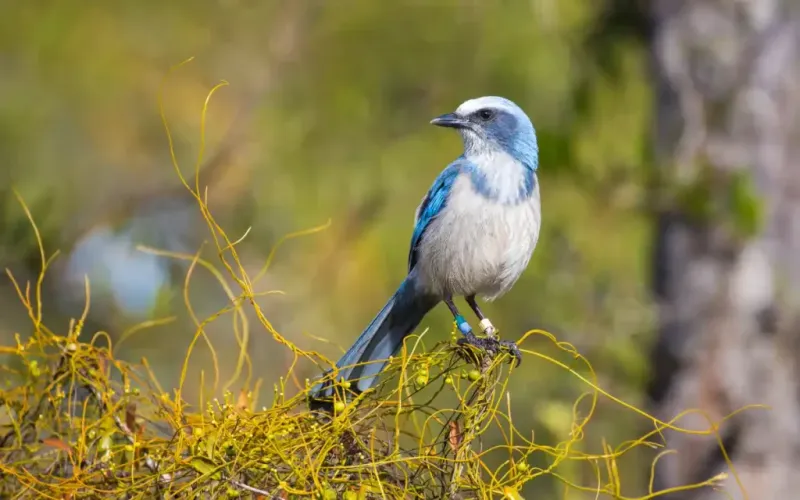
The Western Scrub-Jay exhibits forward-thinking behavior, planning for future needs by caching food and remembering who watched them hide it. This bird’s ability to move food if observed by potential thieves highlights its strategic thinking and memory. Known for their bold personalities, scrub-jays are not shy about interacting with humans, often displaying curiosity and intelligence. Their social dynamics and problem-solving skills are closely studied by researchers, revealing insights into the cognitive capabilities of birds. The Western Scrub-Jay’s planning and adaptability are a testament to the complex inner lives of these feathered strategists.
Jackdaw

Jackdaws are known for their expressive eyes and tight social bonds, often recognizing and remembering human faces. These birds communicate using eye signals, a unique trait that enhances their social interactions and collaborative efforts. Their intelligence is further highlighted by their ability to solve problems cooperatively, often seen working together to achieve common goals. Jackdaws’ playful nature and adaptability to various environments make them fascinating subjects for studies on avian cognition. Their remarkable social intelligence and communication skills showcase the depth of their awareness and their ability to navigate complex social landscapes.

